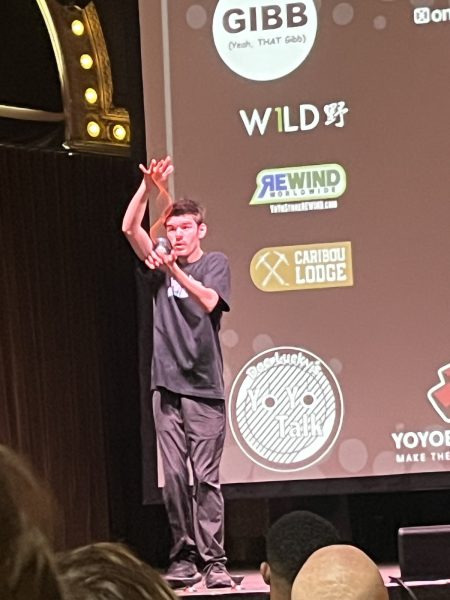
The world of competitive yo-yoing arrived in Portland last month for the Pacific Northwest Regional Yo-Yo Championship (PNWR), welcoming competitors from all across the country and Canada. The sprawling event packed the McMenamins Crystal Ballroom — a historic music venue in Portland — for the start of the competitive yo-yo season. Fans and competitors alike filled the rows of seats by the main stage, cheering on contestants and even yo-yoing in the aisles and off to the side.
Split into multiple divisions, the PNWR holds space for all ages and levels of yo-yoers. This year’s competition saw kids as young as 7 make it on stage to perform their routines. The top division, or the Champion Division, sends its top placers to the national championships. The Champion Division is split into two main categories, “1A” and “X”. 1A yo-yoing, the most common style, consists of competitors spinning routines with one yo-yo. X, however, includes all other styles of play, including 2A, 3A, 4A, and 5A. Each style of play has its own criteria, but can include multiple yo-yo’s and a counterweight.
The Sport Division is for less experienced yo-yoers to practice competing and gain confidence. “The [sport] divisions are more for giving newer competitors a place to practice how to build a routine and get comfortable on stage,” said Seth Peterson, a member of the board for the National Yo-Yo League and one of the organizers for the PNWR.
Competitive yo-yoing spans back almost a century. The yo-yo was first popularized in America during the late 1920s and into the 30s by the American businessman Donald F. Duncan Sr., who toured the country presenting yo-yo tricks and skills. The toy’s popularity boomed — by the mid-40s, Duncan’s company was producing 3,600 yo-yos every hour, according to the Museum of Yo-Yo History. Almost as soon as yo-yos caught on, local competitions arose, challenging competitors to perform a set list of skills to the highest levels of accuracy and style.
In the second half of the 20th century, the yo-yo became further intertwined with American culture, and even American counterculture. In 1968, Abbie Hoffman, a famed activist in opposition of the Vietnam War and member of the “Chicago Seven,” yo-yoed in front of the House of Representatives Committee on Un-American Activities, which was investigating him. Then, in 1985 the yo-yo transcended the physical barriers of our world and made it into orbit as part of NASA’s “Toys in Space” project, and again in 1992 for an educational video which included slow-motion yo-yoing.
The 1990s saw the evolution of yo-yo contests into what they are today. Competitions became more performance-based, with competitors now spinning to music and creating their own routines of tricks.
This change, along with the popularization of the unresponsive yo-yo — a yoyo that does not return to the hand just after being tugged upwards, which allows it to be used for more complicated tricks — boosted the popularity of competitive yo-yoing, and the practice has been growing ever since.
Building a yo-yo routine is extremely personal and important, and they vary from yo-yoer to yo-yoer. “For me, I like to start with the tricks,” said Matthew Poon, a competitive yo-yoer who is sponsored by the brand Caribou Lodge, and traveled from New York City to compete in the Champion Division at PNWR.
He explained that step one of building his routine always centers around picking and choosing tricks he feels comfortable doing and the tricks that he feels look the best. After he decides his tricks, he examines the flow between them and tries to find music that matches that flow.
Grayson Rhea, an 8-year-old who traveled from South Carolina to PNWR and championed the under 9 years old 1A Sport Division, agrees with Poon, saying that a large part of building his routine is “finding tricks that flow with the trick before.” Poon continues, “[Next], it’s seeking specific patterns that match specific parts of the tricks. I listen to music and walk around New York City, just seeking for that inspiration to kick in,” he says. Combining all of these aspects to build a routine takes hours of dedication and practice. Routines are more than just repeating tricks; yo-yoers have their own personal and distinct routine styles that are noticeable from performance to performance.
Masters of coordination and style, competitors are pushing the frontier of competitive yo-yo further than ever before. With tools like Youtube, Instagram, and TikTok, the yo-yo scene has only grown. Despite this, yo-yoing is historically male-dominant, and has largely remained this way. Aliyah Tan, a world-famous 3A thrower from Eugene, called for more women and members of the LGBTQ+ community to join the competitive scene in a documentary titled “Aliyah,” which screened at PNWR.
Whether it’s your first time picking up a yo-yo, or you’re a skilled thrower, now is the perfect time to break into the competitive scene. Surrounded by a supportive and passionate community, throwers from all around the country found a home at the Crystal Ballroom last month to showcase their skills and challenge the limits of what they can do with just a yo-yo.
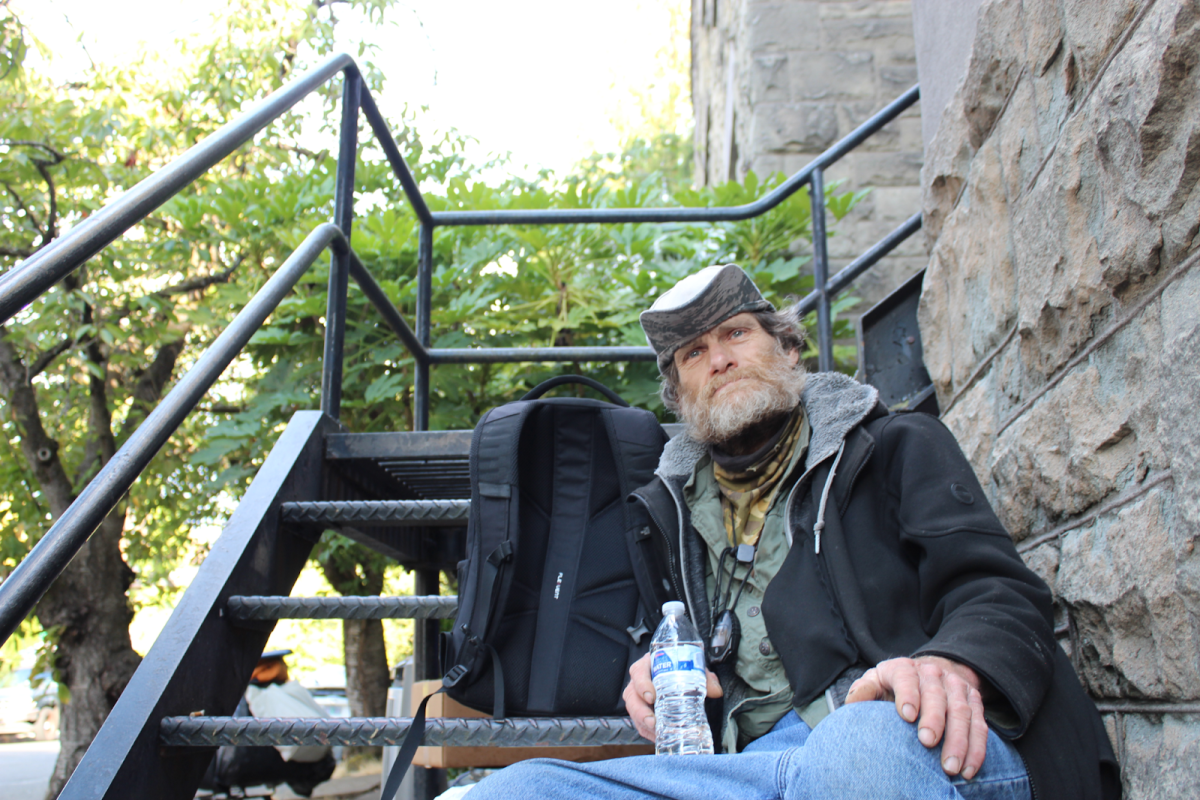
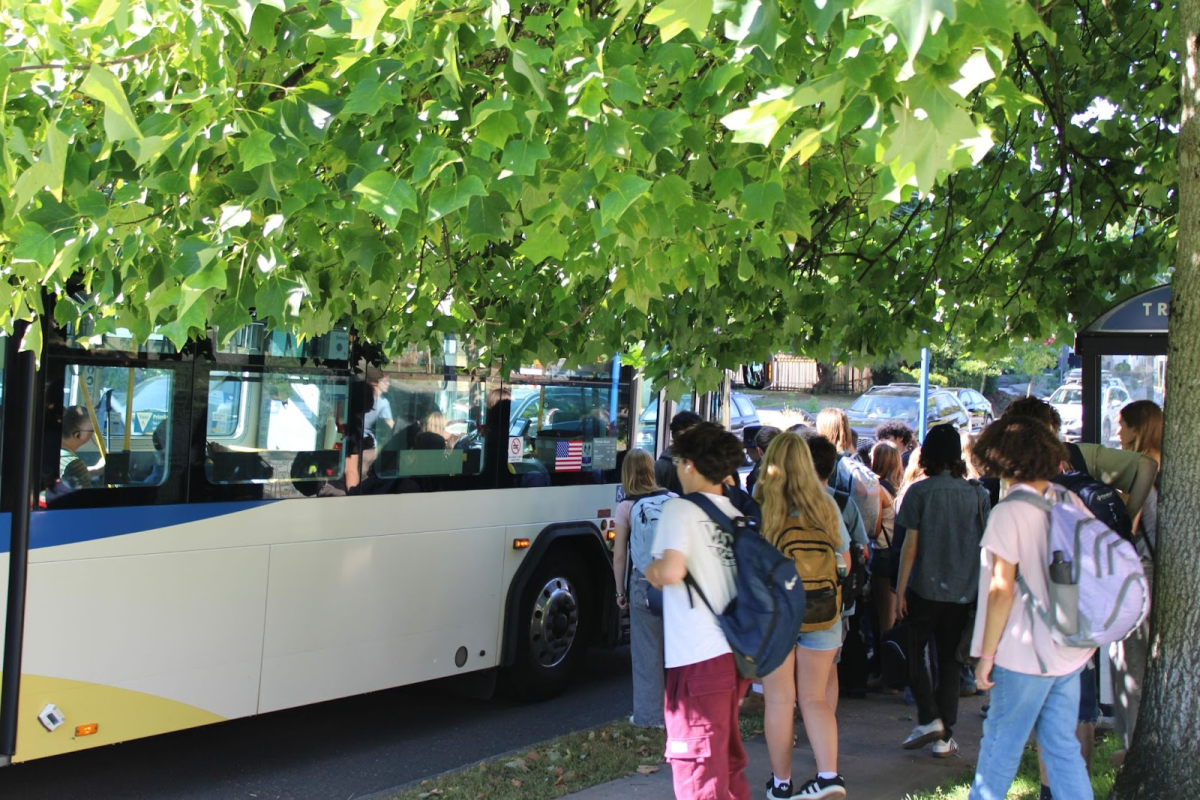
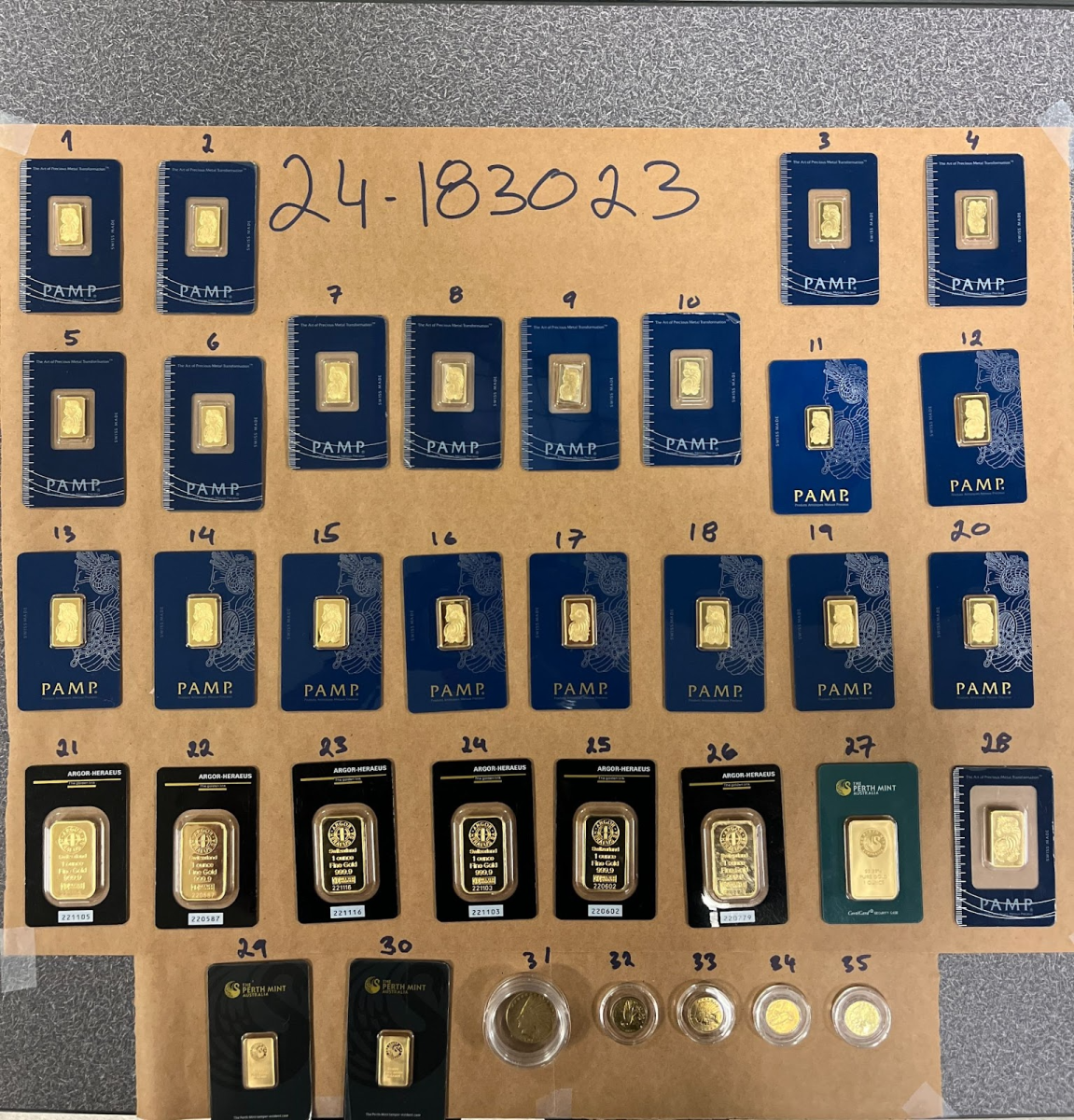
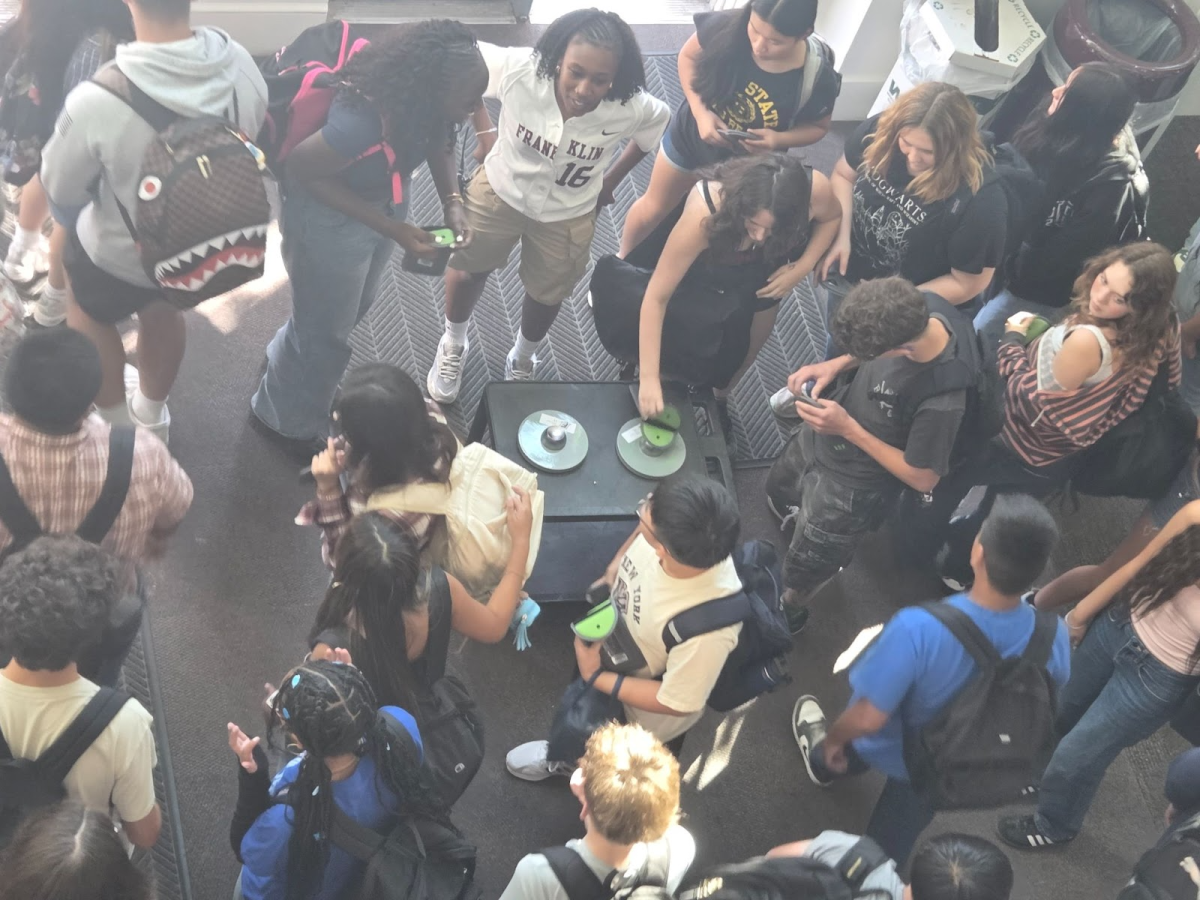

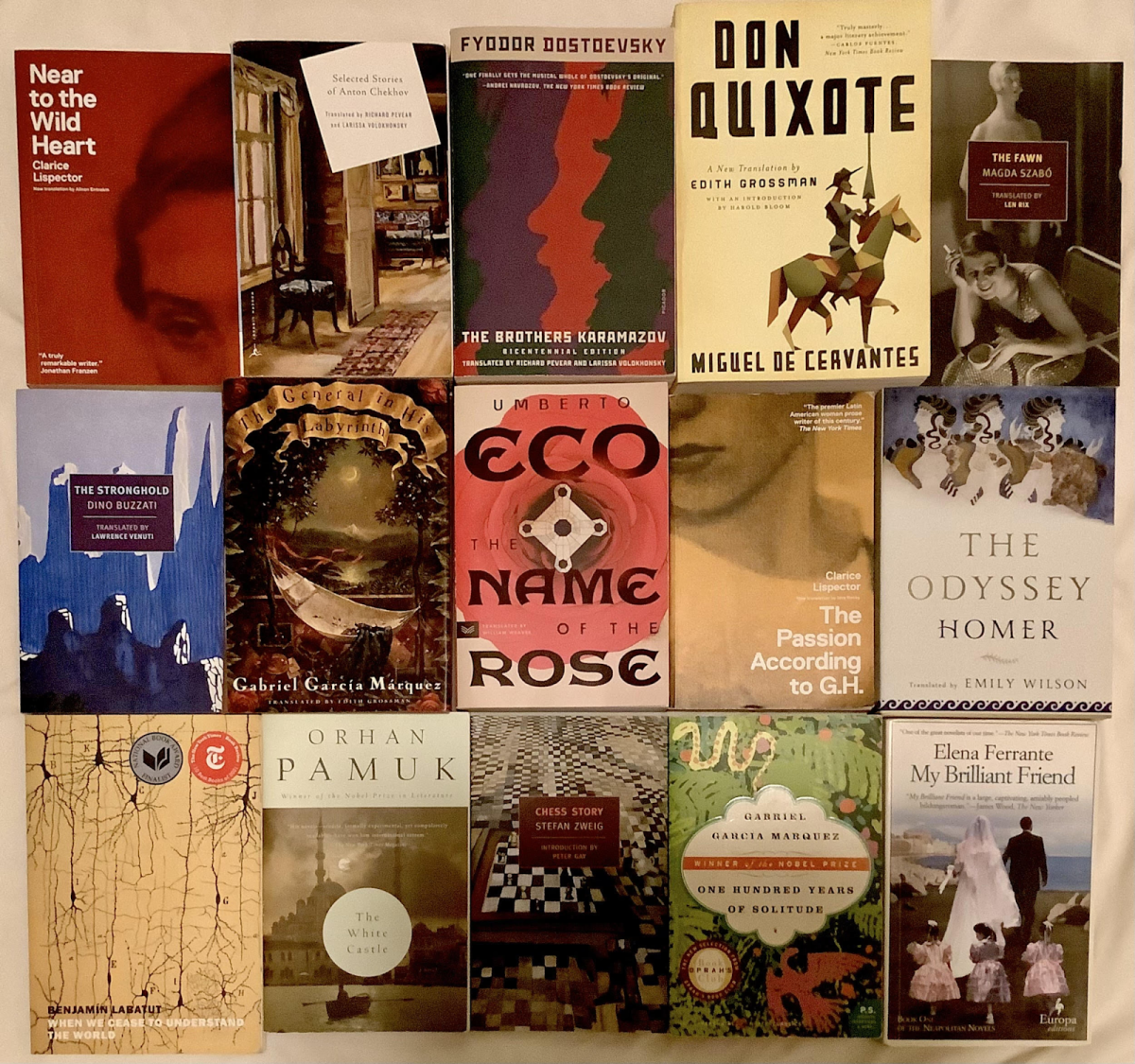
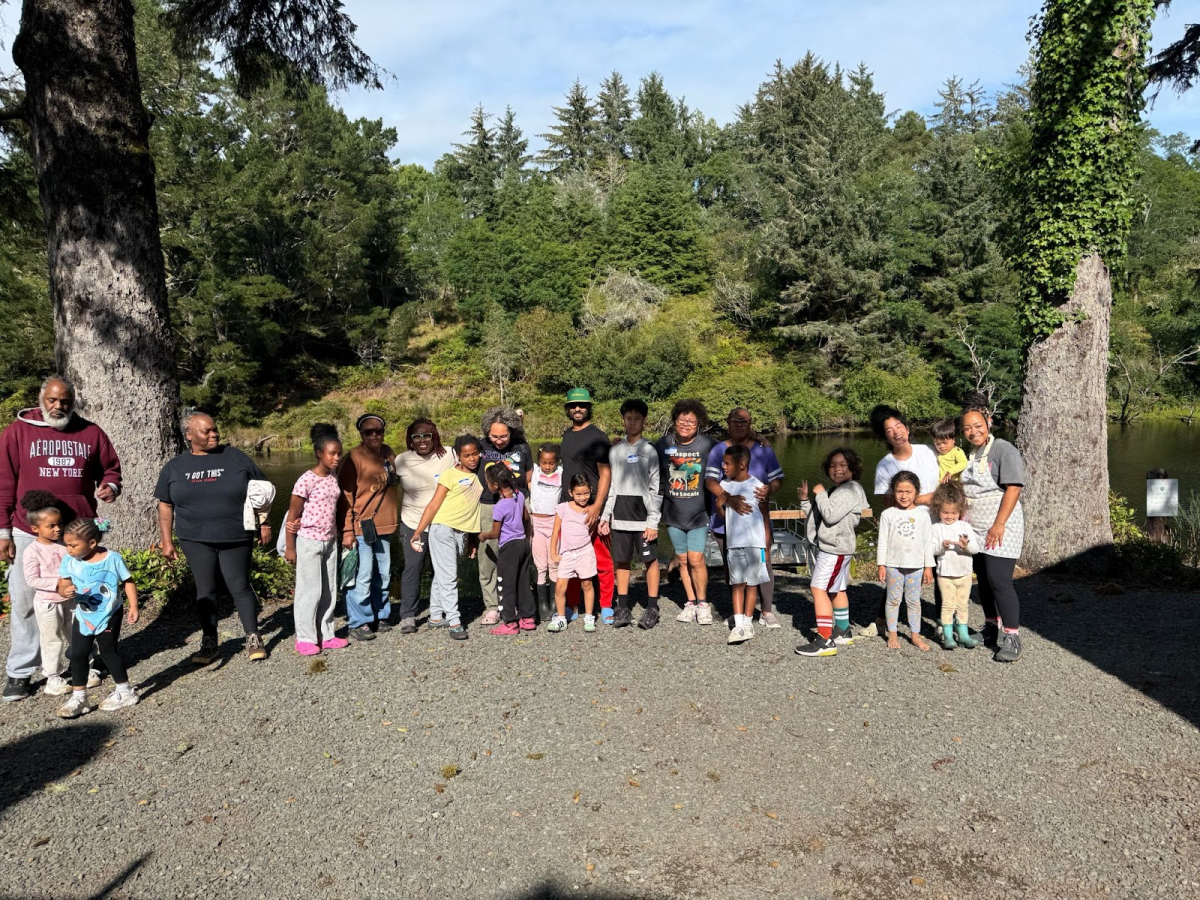

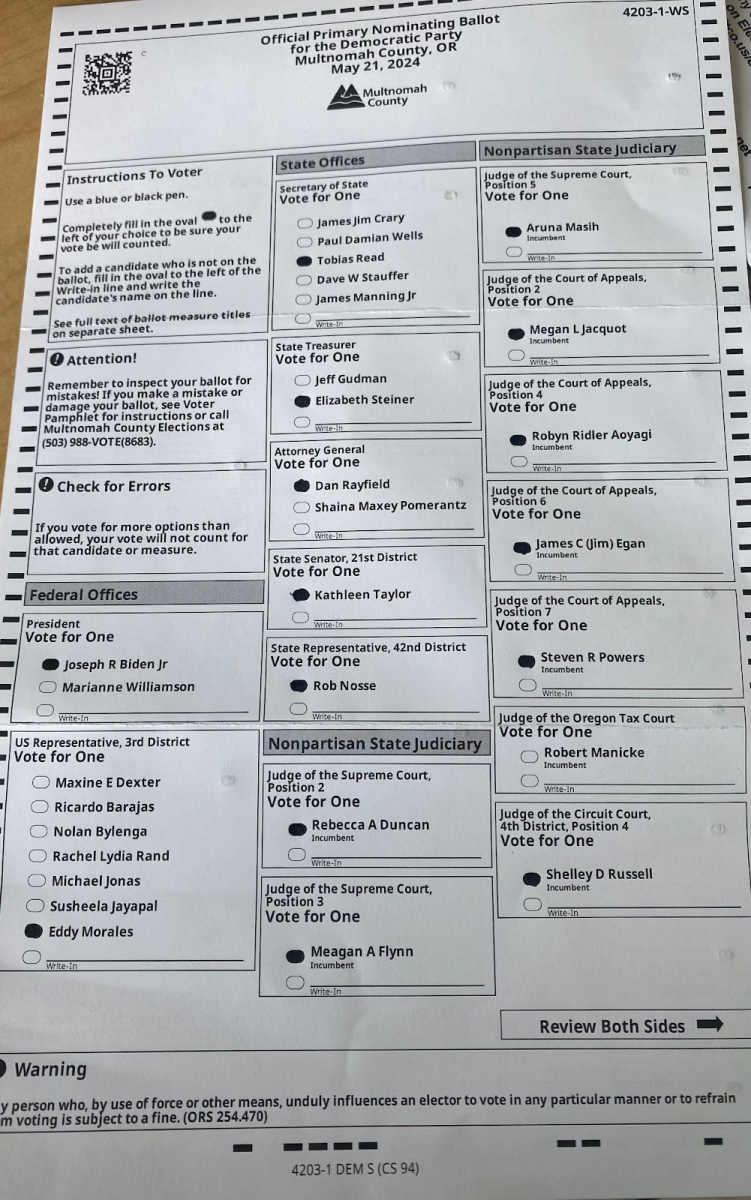

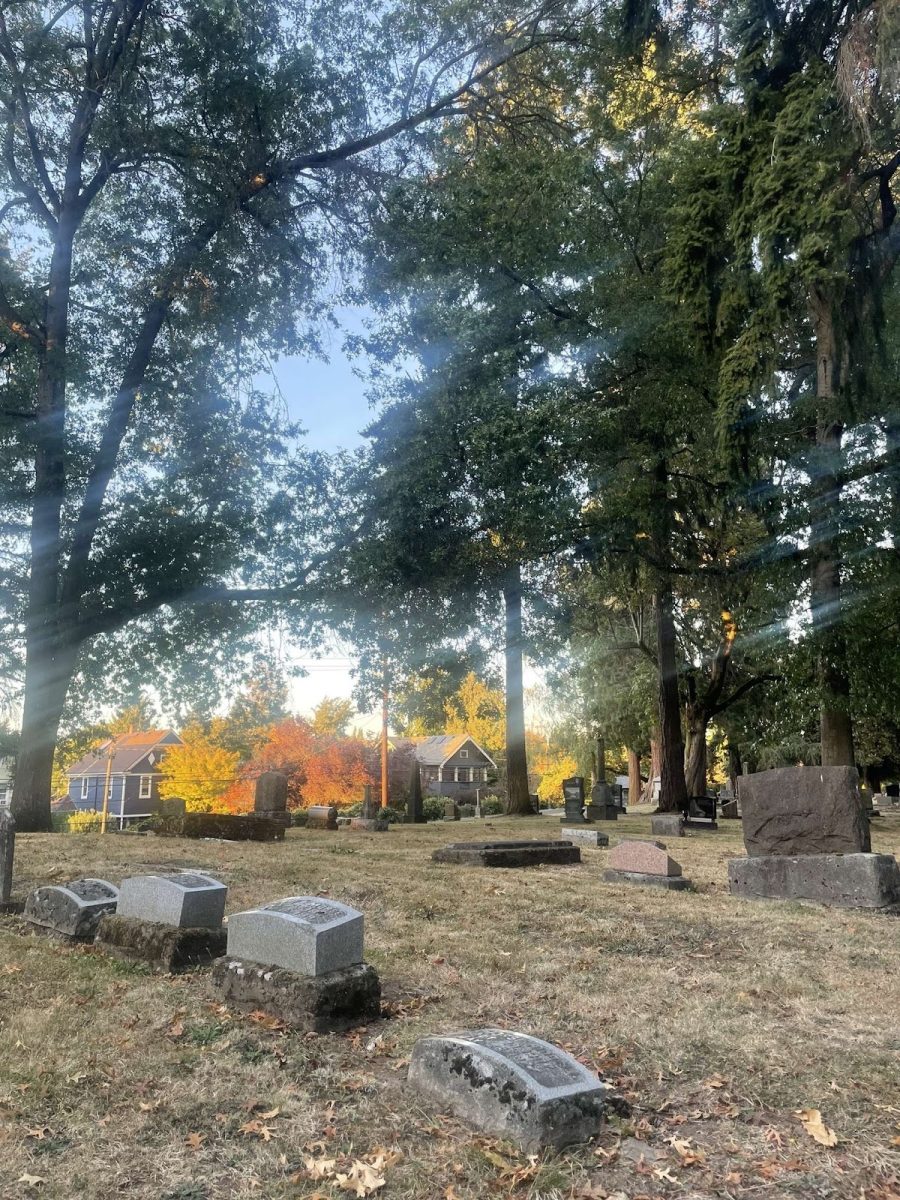
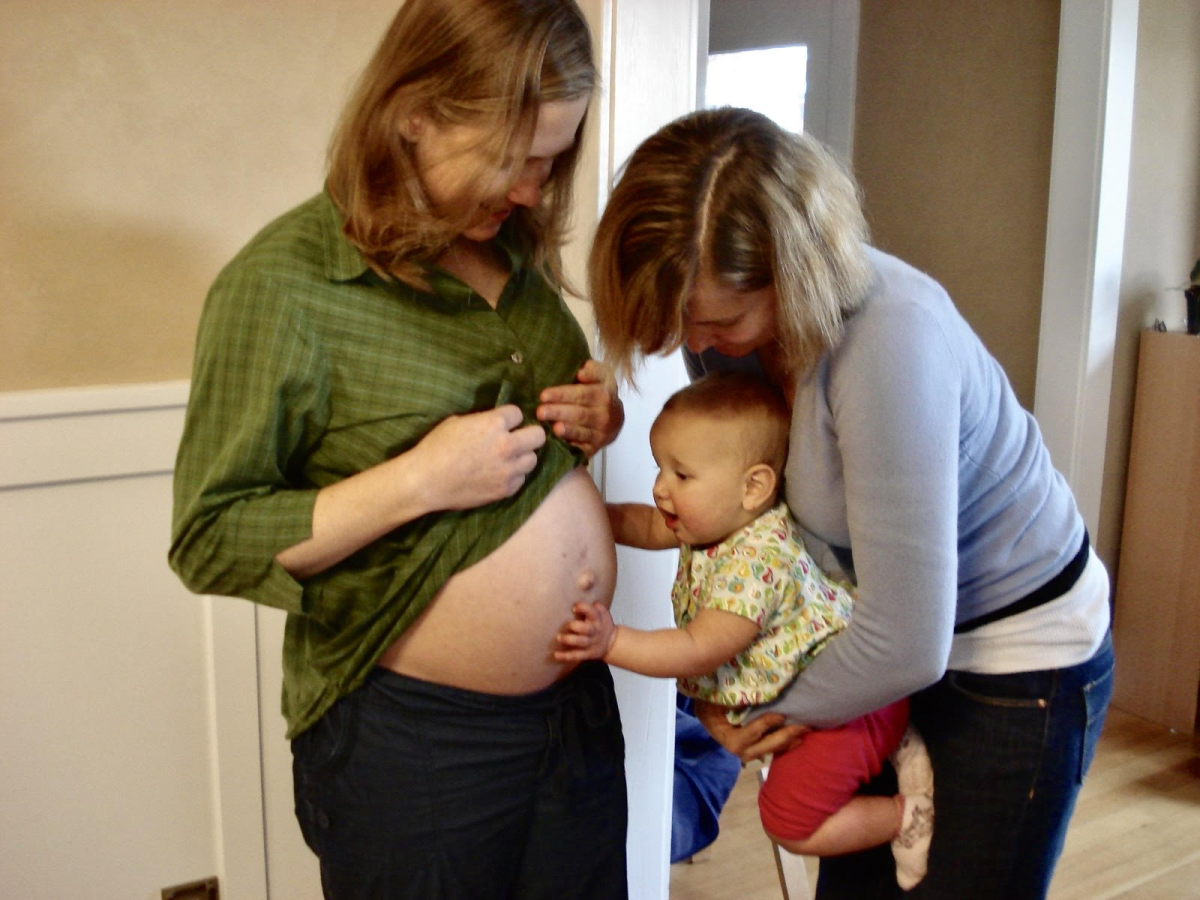

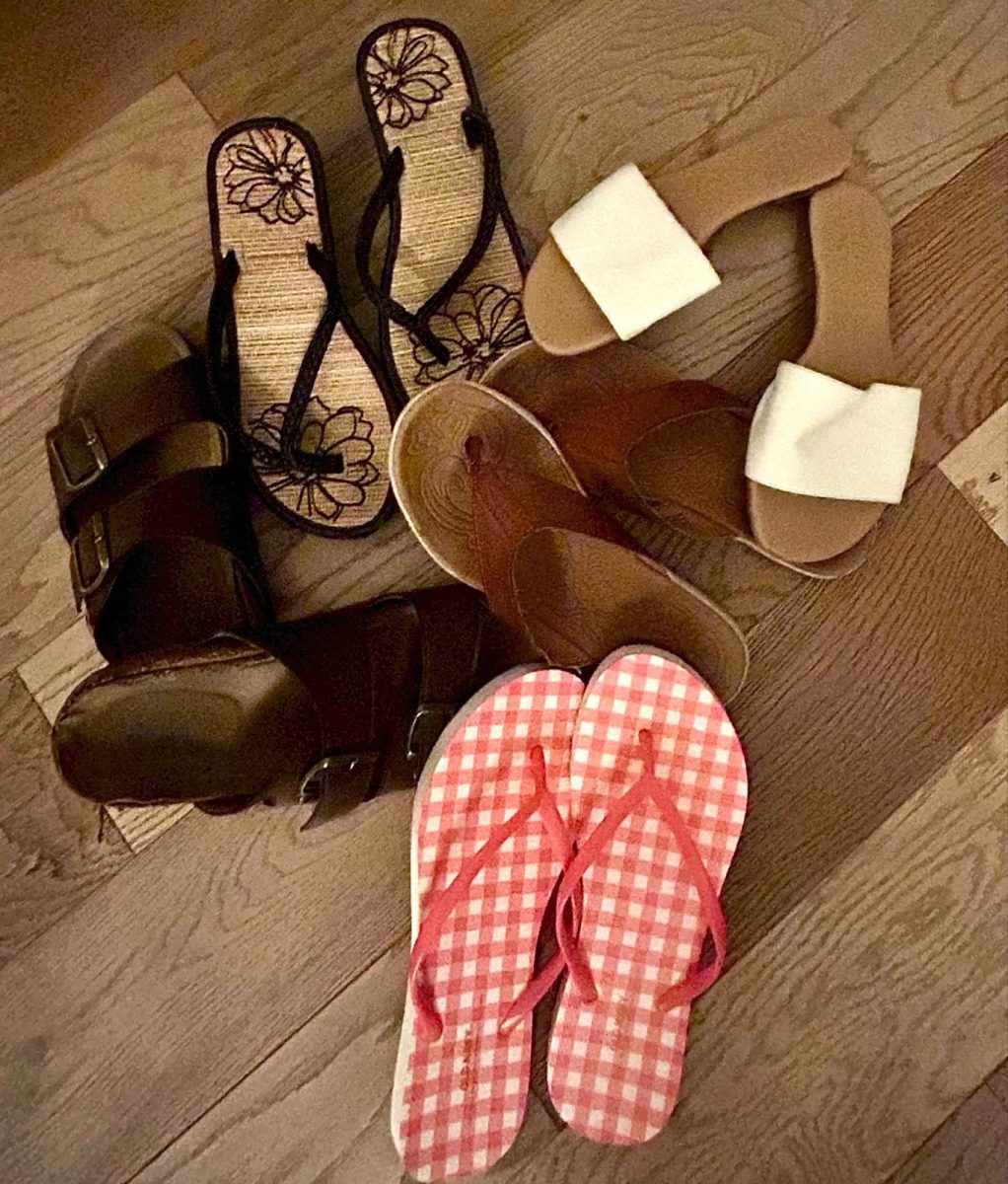

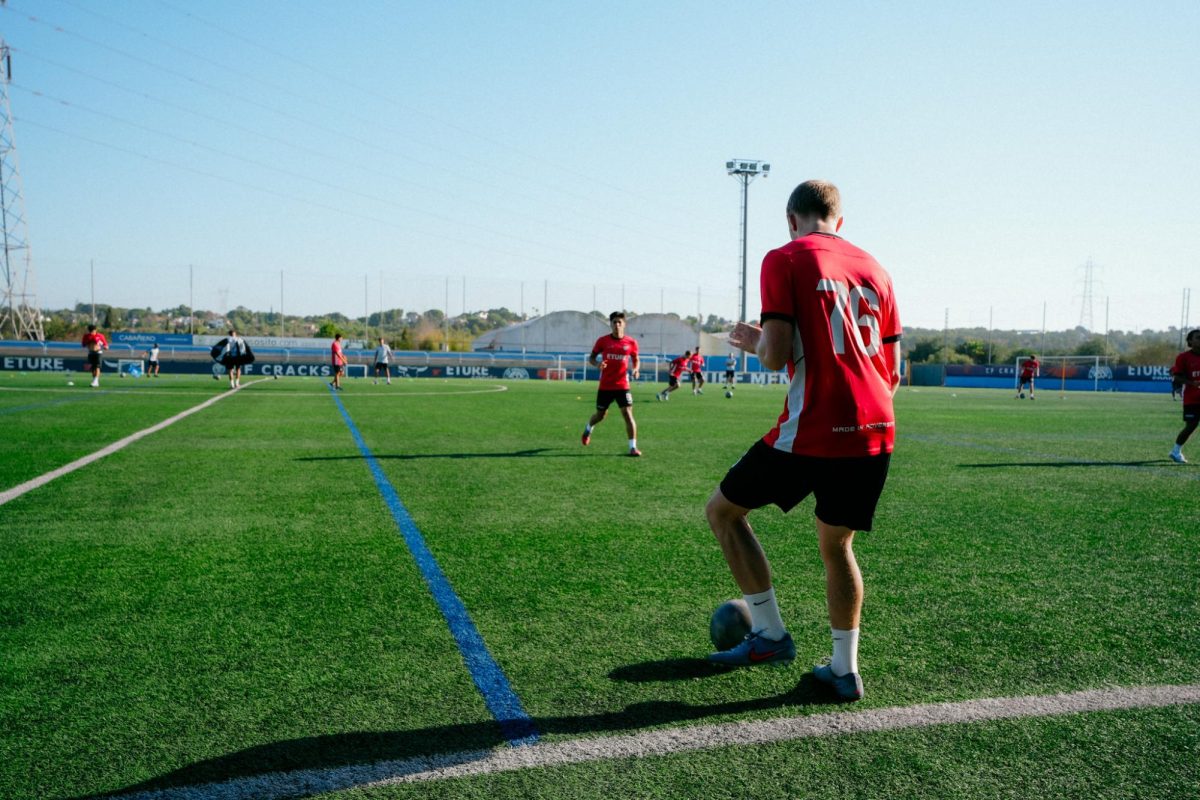

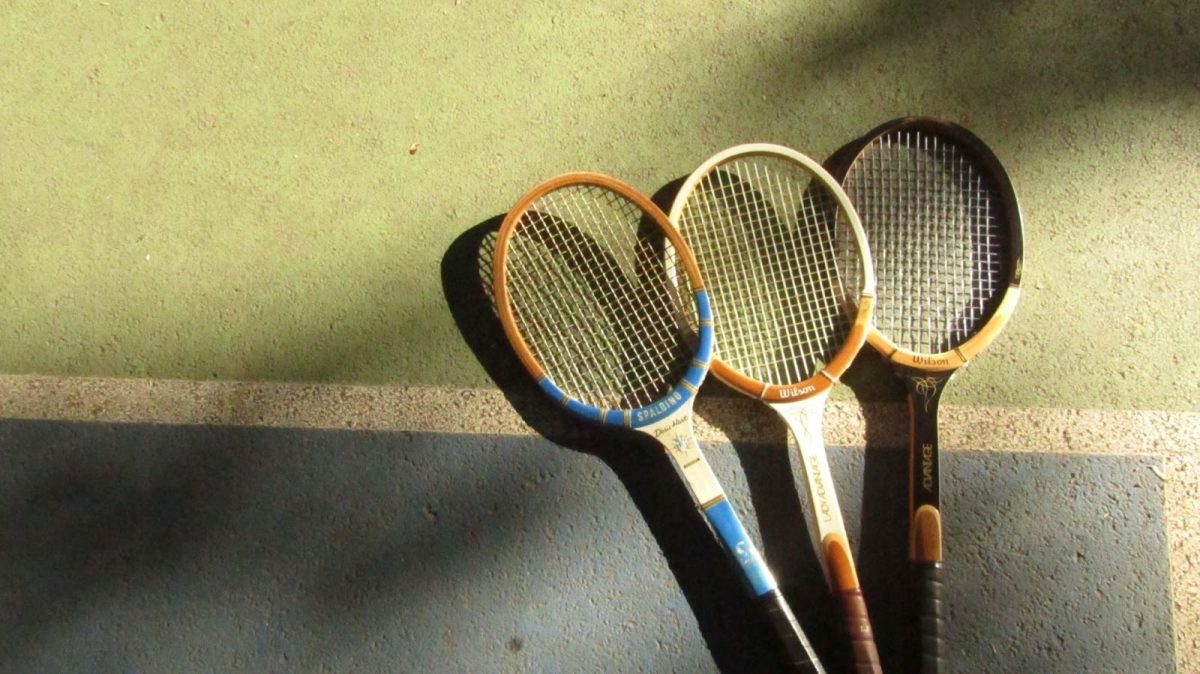
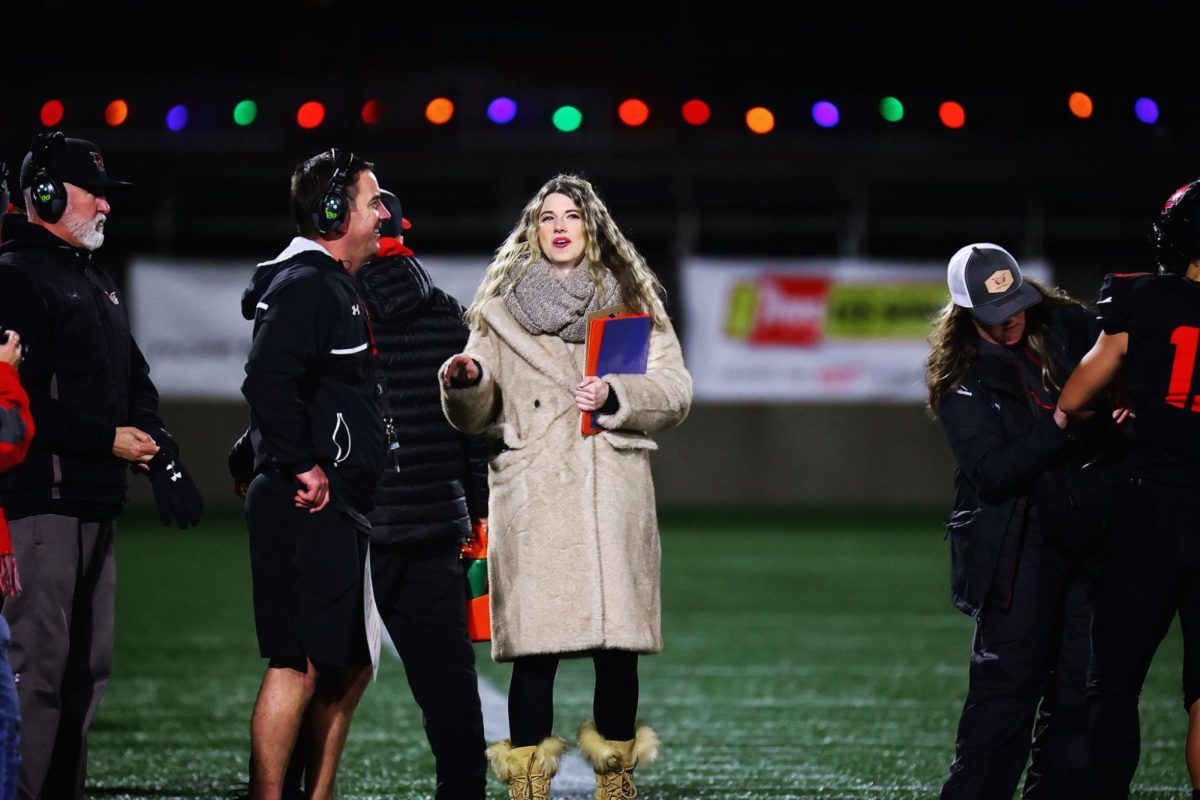

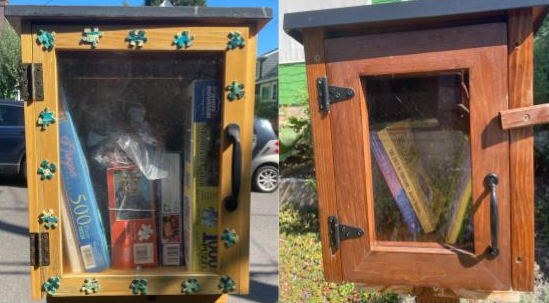

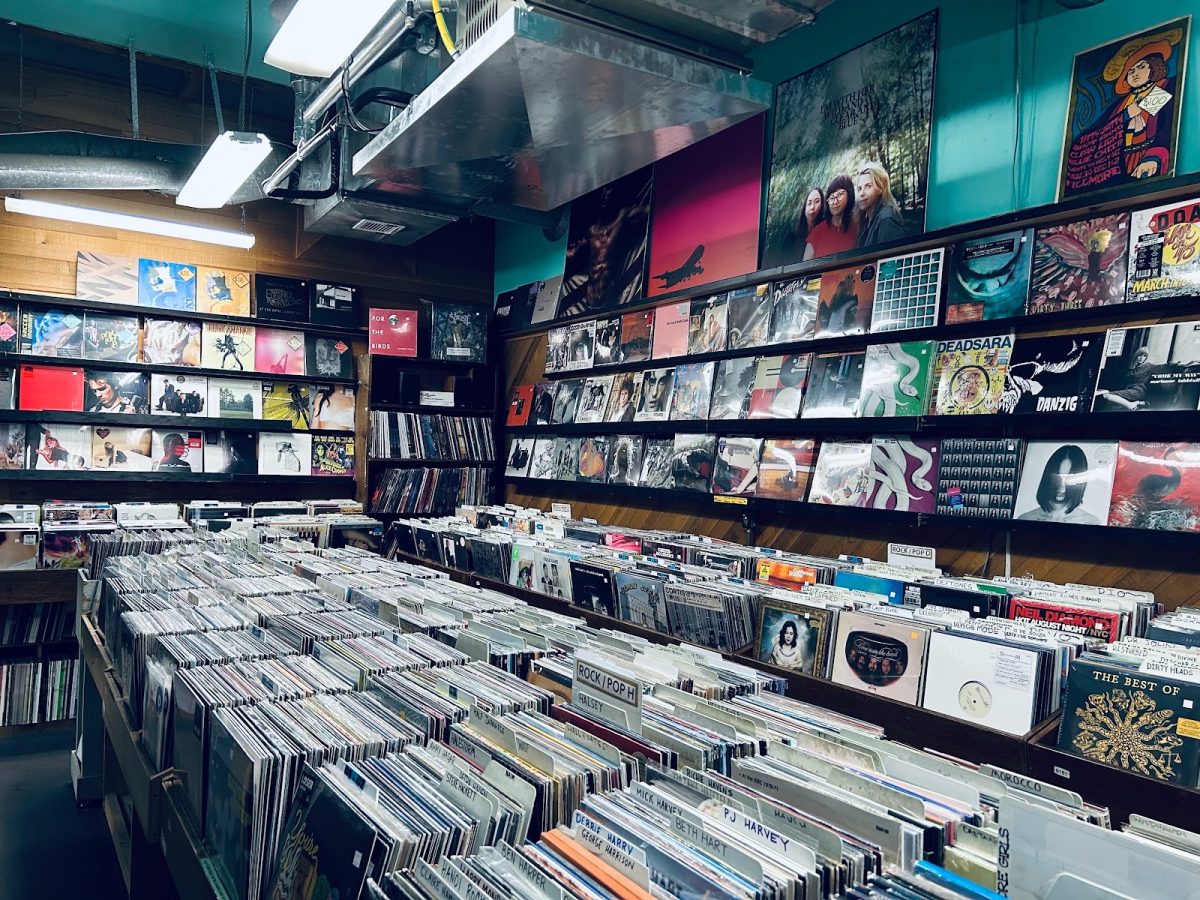

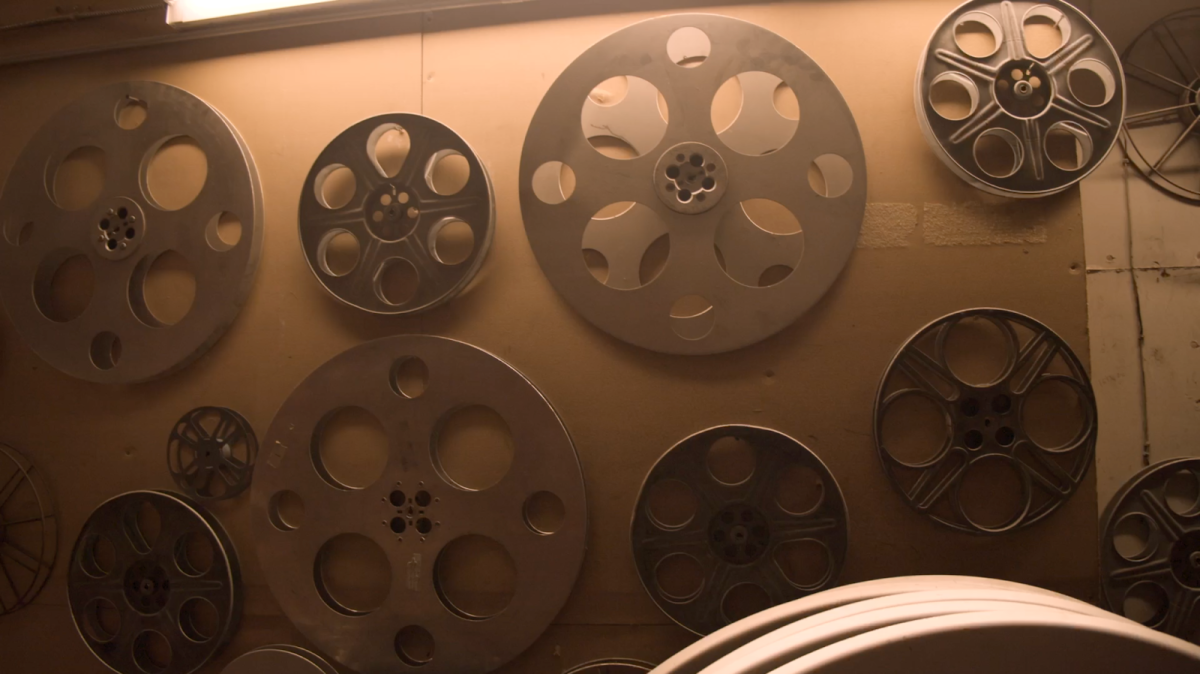
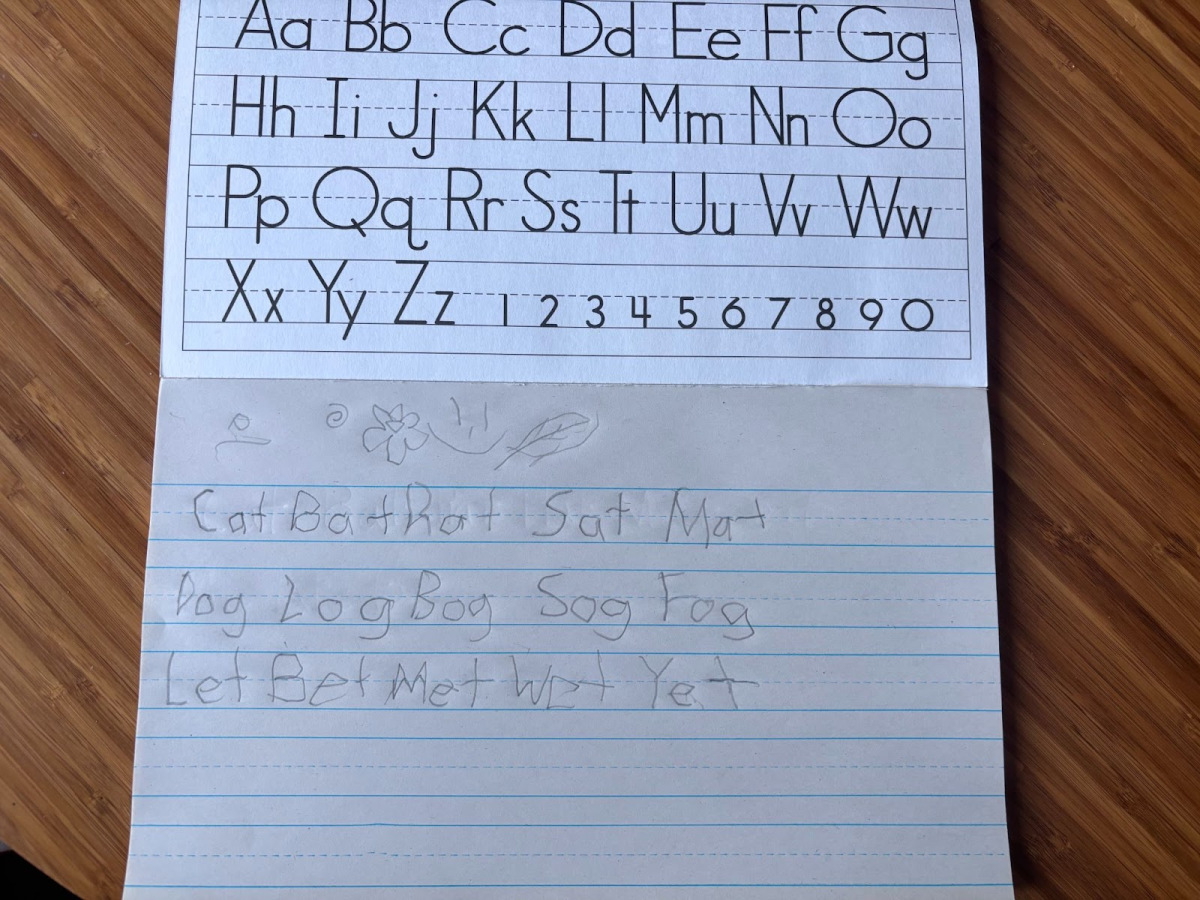
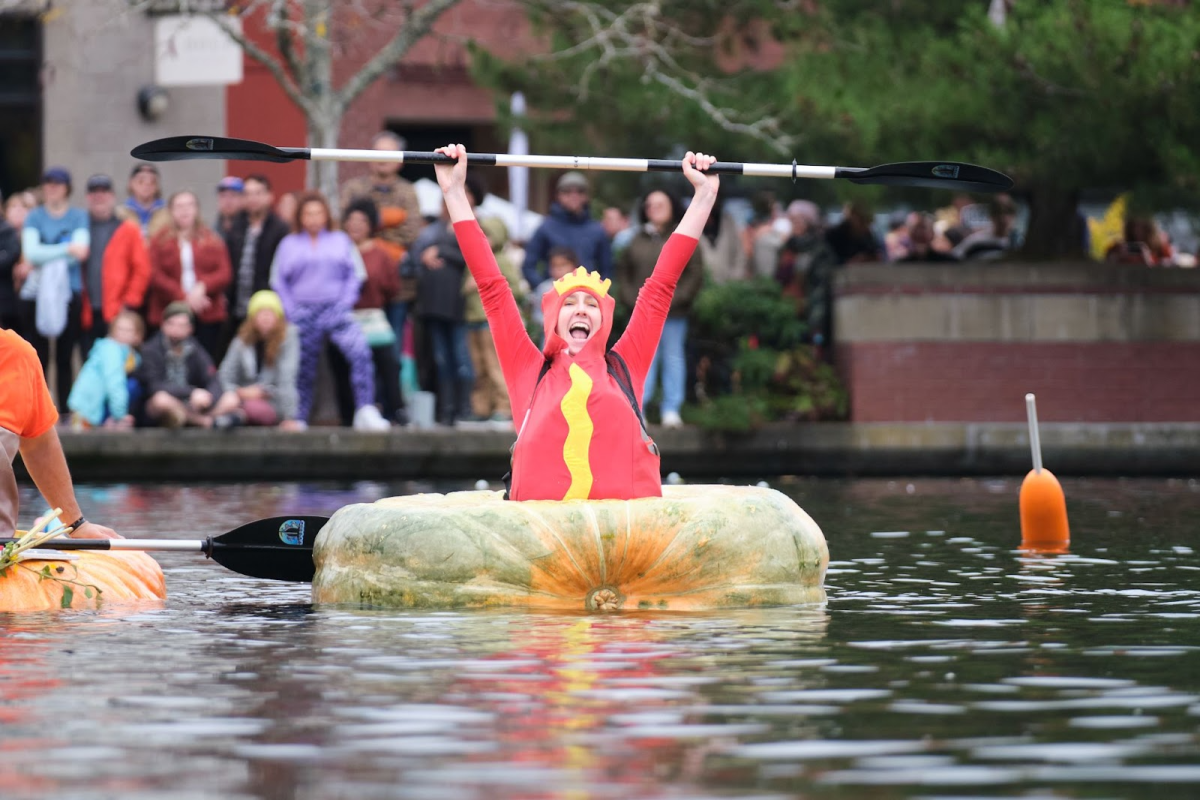
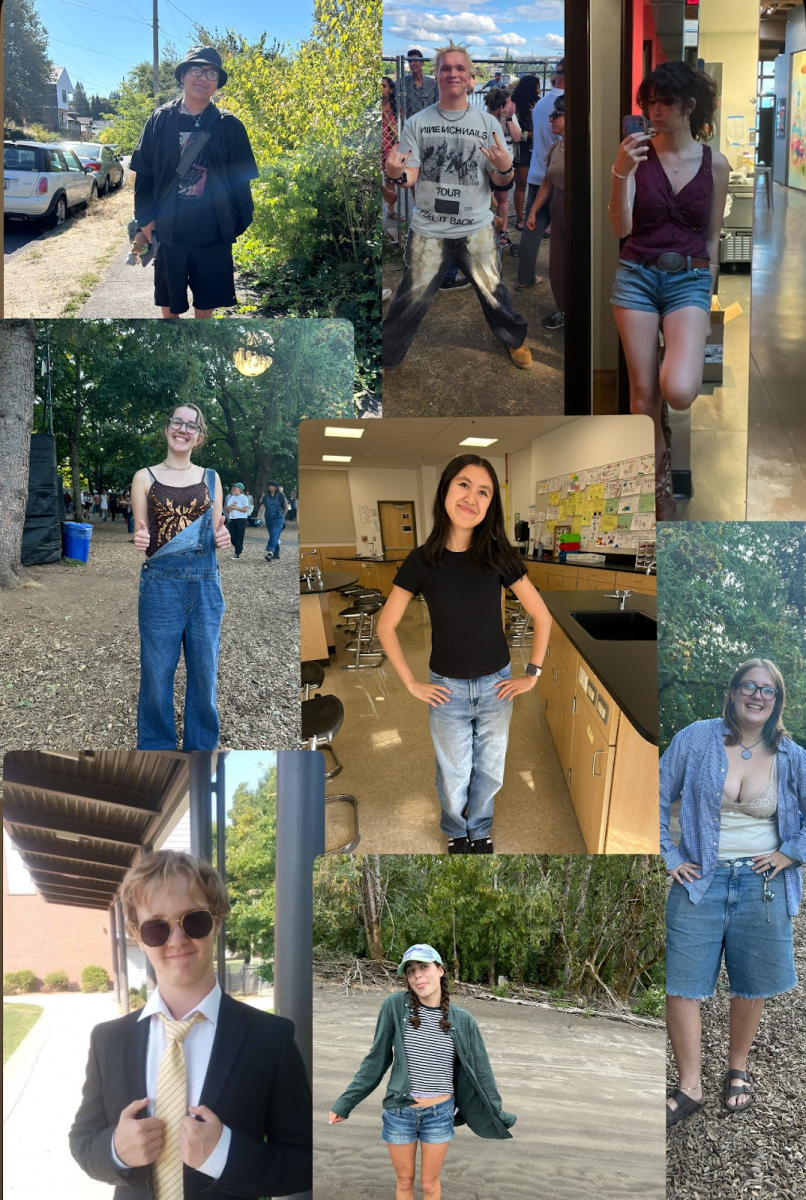
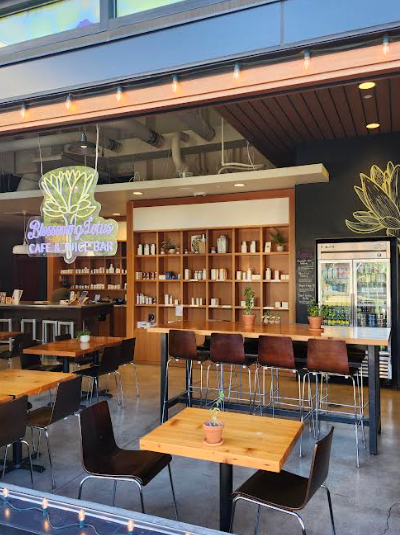
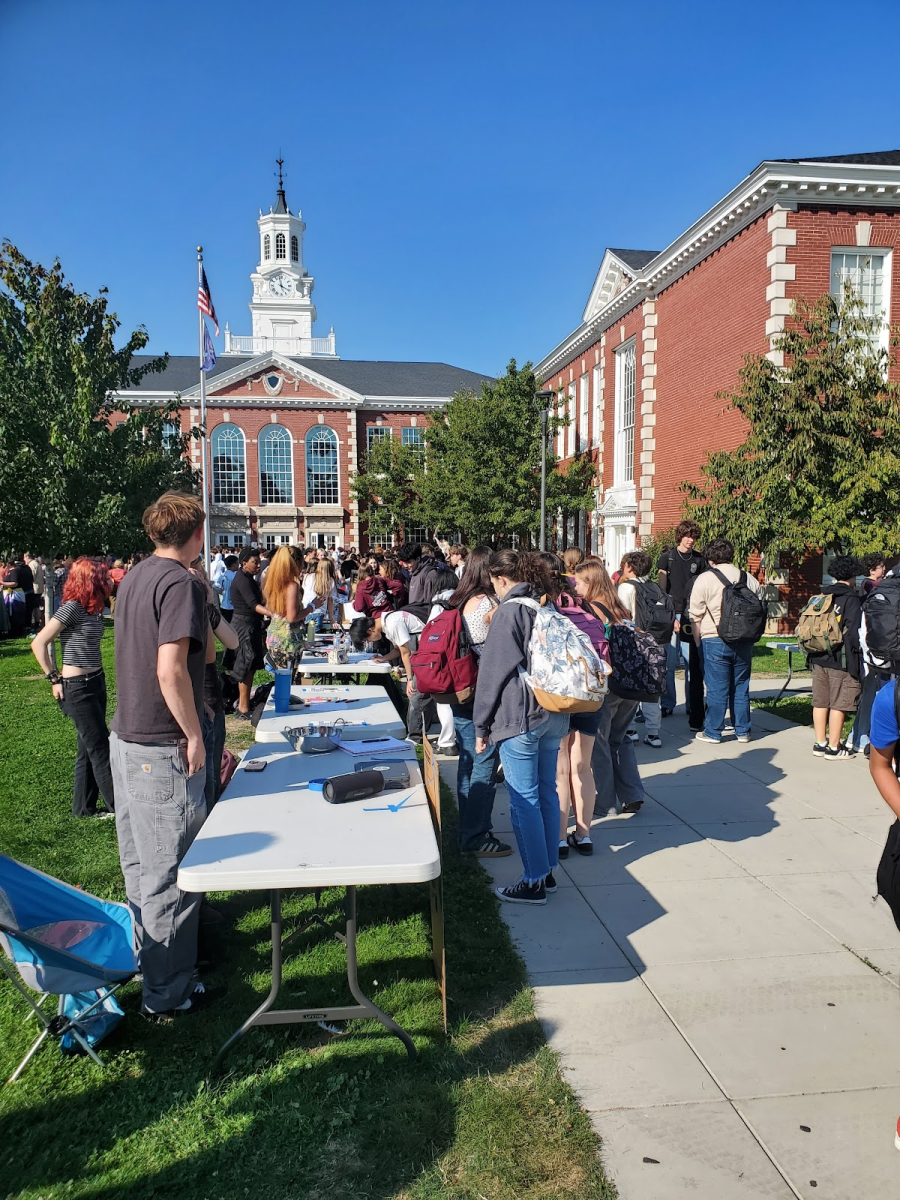
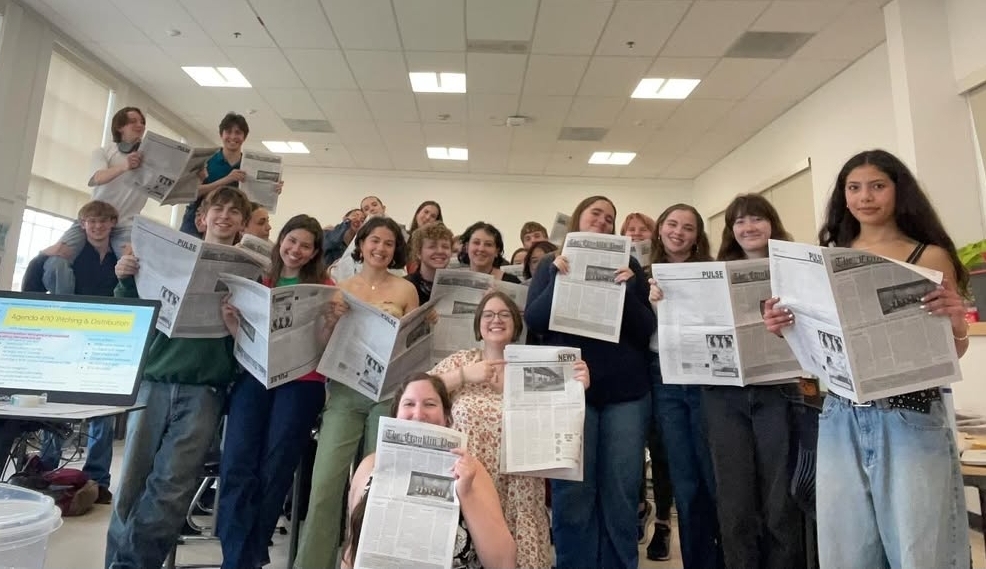
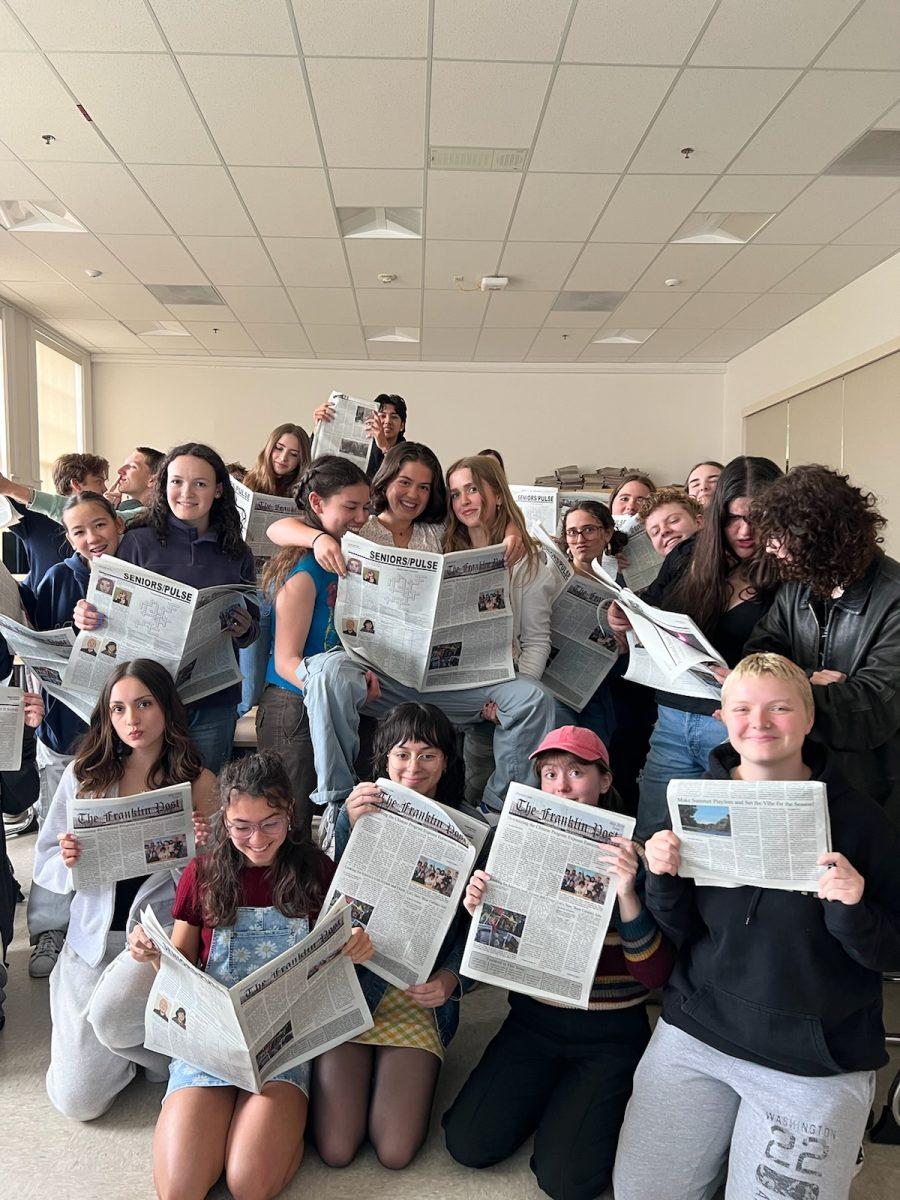
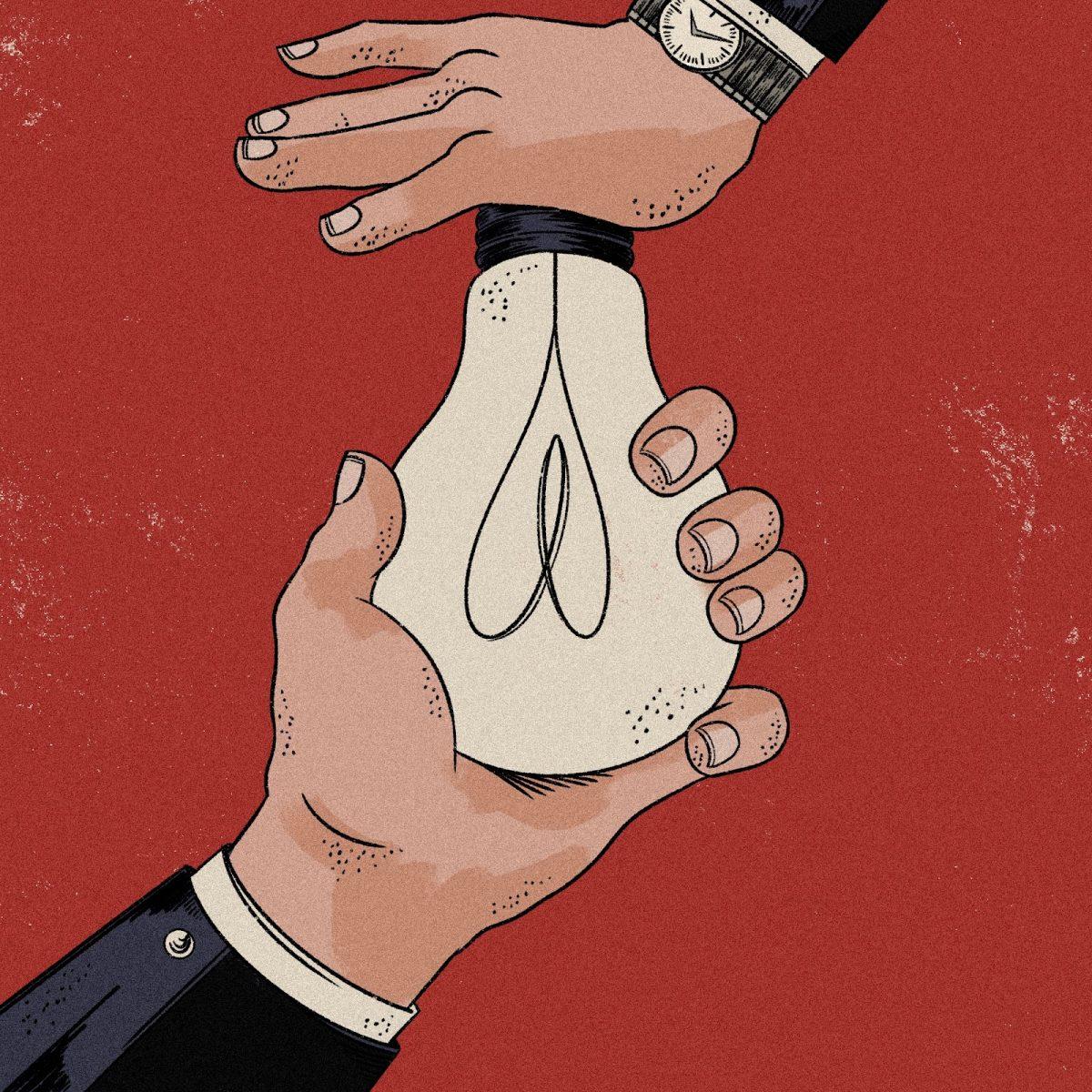
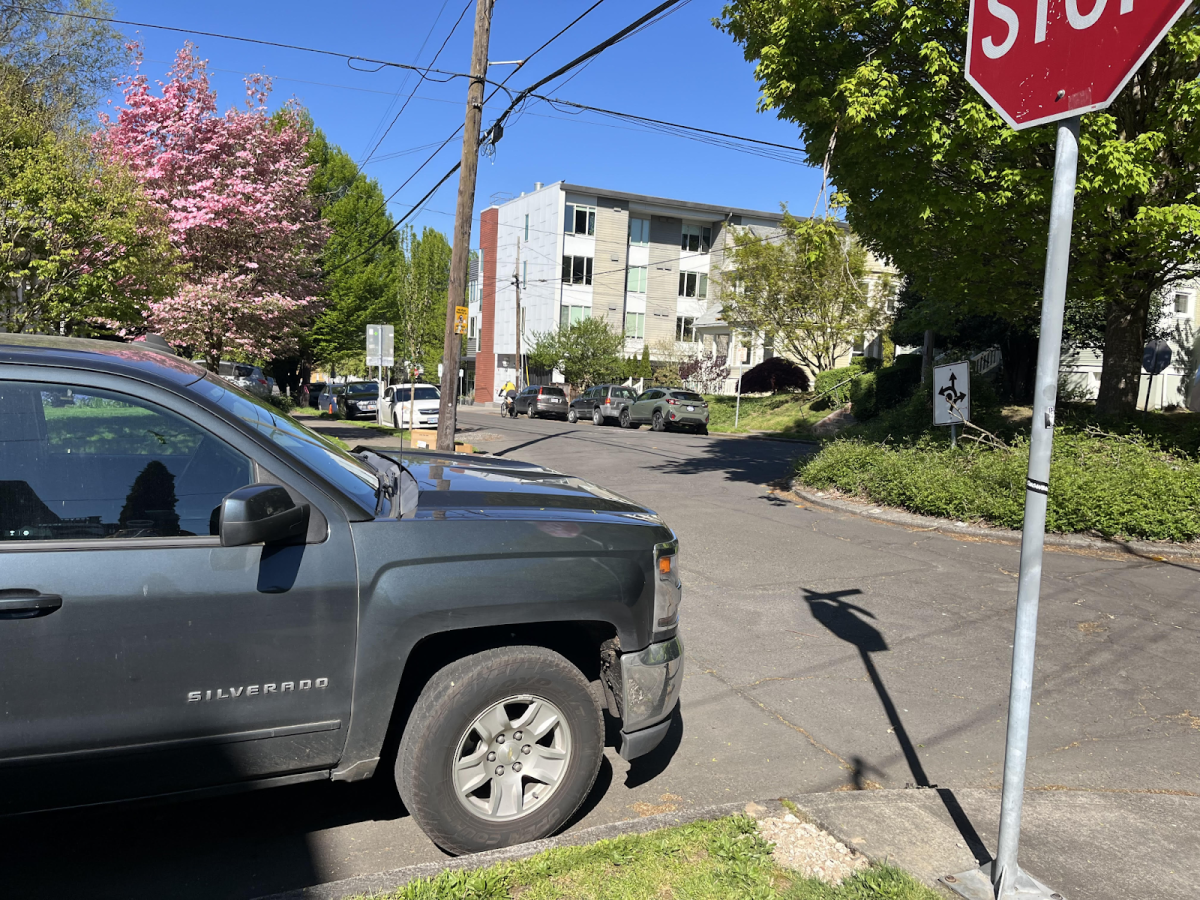

Dorie • Jul 8, 2025 at 1:51 pm
Wow, what an interesting story! Thank you Mr. Lubin for your insights into the wonderful world of competitive yo-yoing. Keep up the amazing journalism!